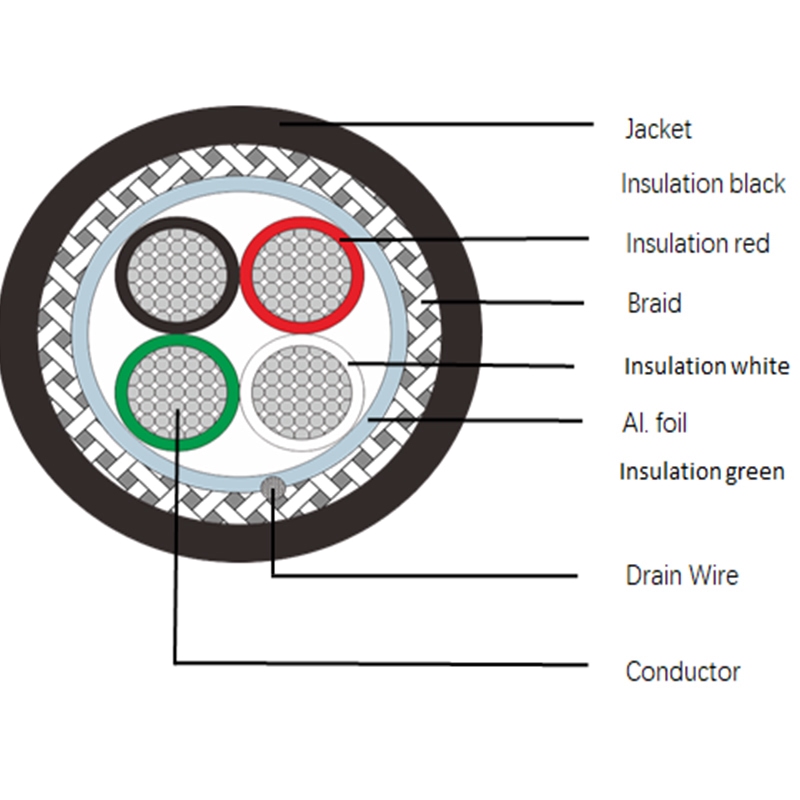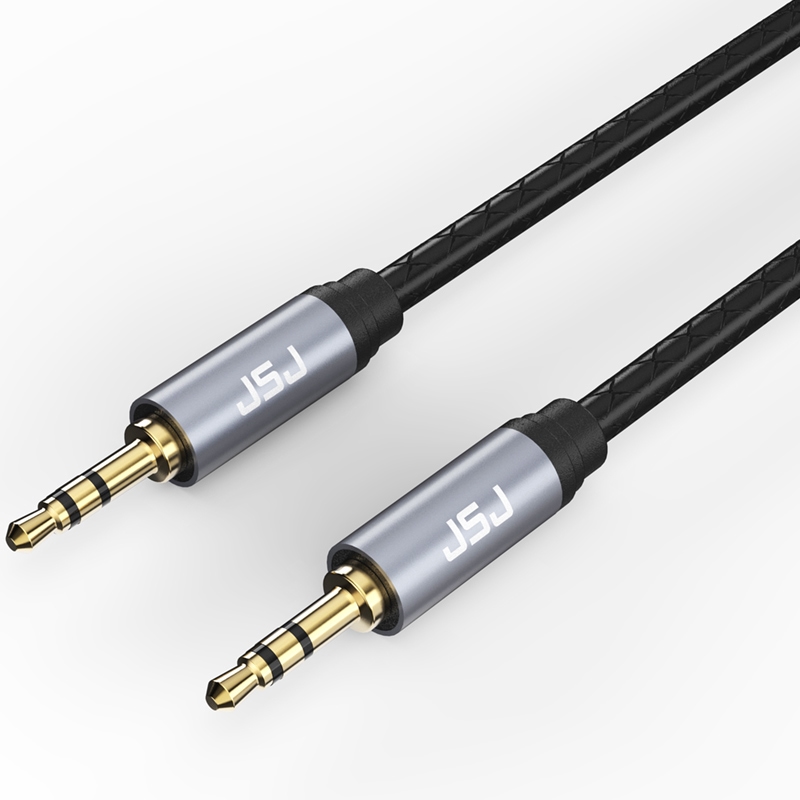An international team led by engineers at the University of Stuttgart (Stuttgart, Germany) and Macquarie University (Sydney, Australia) has expanded fiber optics capabilities with the development of the world’s fastest industry standard optical fiber (see video). It hits speeds of 1.7 petabits per second—to put it in perspective, one petabit equals one quadrillion bits of data.
“Our society’s data demand has continuously driven progress in optical fiber capacity, from improving the quality of optical fibers to exploiting different degrees of freedom of light such as wavelength (wavelength-division multiplexing [WDM]), polarization, and coherence (higher-order modulation formats),” says Simon Gross, an ARC Future Fellow at Macquarie’s School of Engineering. Usb C Charge Cable

Existing optical fibers have a fundamental capacity limit, however, governed by the nonlinear Shannon limit—the maximum theoretical capacity for a given optical cable.
“Currently, to increase the data rate across single-mode optical fiber, larger optical powers are needed,” Gross says. “But larger optical power leads to optical nonlinearities that limit capacity. In layman’s terms, this can be compared to increasing the volume of a hi-fi audio amplifier to the point where the music becomes distorted.”
The team set their record over 67 km of fiber containing 19 optical cores (streams of light) that each carry a signal (see Fig. 1). Developed by researchers at the National Institute of Information and Communications Technology (NICT; Tokyo, Japan) and Sumitomo Electric Industries (Osaka, Japan), the multicore optical fiber has a cladding diameter of 125 µm, which is the industry standard. “It makes the new fiber setup more cost-effective because it’s largely compatible with the current optical fiber infrastructure developed during the past decades,” says Gross.
Typical multicore fiber setups include just four optical cores for the standard 125-µm cladding diameter. The expanded multicore fibers are positioned to allow well-defined coupling behavior of the light between the cores to significantly reduce existing digital signal processing requirements. Existing communication networks developed decades ago rely on single-mode optical fibers that would need to be larger to achieve increased data rates; this would cause optical distortion and limited capacity.
Using multiple cores, the team’s fiber achieves more than 17X the theoretical limit of a standard single-mode optical fiber—while staying within that industry-standard 125-µm-diameter cladding.
A mode in an optical fiber is an intensity pattern that can propagate down the optical fiber. These modes are orthogonal and can be used as independent data channels, explains Georg Rademacher, a former researcher at NICT, who is now a professor at the University of Stuttgart (Stuttgart, Germany) and director of its Institute for Electrical and Optical Communications Engineering.
But in conventional setups, the modes mix within the fiber, which necessitates digital signal processing to recover the individual data streams. “The amount of signal processing required can be quite large,” he says.
Multicore fiber is an alternative approach, but using the typical four cores can trigger challenges.
“Because the fiber cores in a multicore fiber need to be far apart to avoid coupling, the number of parallel channels is limited or the cladding diameter of the fiber needs to be increased to create space for more cores,” Rademacher says. “Increasing the cladding diameter of the fiber makes the fiber mechanically less robust and increases its likelihood of failure.”
The team’s new 19-core fiber system circumvents many of these problems. “If these cores are sufficiently far apart from each other, no light will couple between them,” Gross says. “The multicore fiber behaves similar to a single-mode optical fiber, but no additional digital signal processing is required.”
As part of this work, the Macquarie team created a compact glass chip that features a waveguide pattern etched into it. This pushes signals through the 19 individual cores simultaneously with uniform low losses (see Fig. 2). “The more modes or cores a fiber has, the higher its theoretical capacity,” says Gross.
The team’s next step is exploiting space as another degree of freedom—space-division multiplexing (SDM). SDM is already in use in its simplest form, thanks to adding more parallel optical fiber pairs to undersea cables. It provides limited benefits, though, since every component in the transmission link must be duplicated for the additional fiber pairs, which “doesn’t provide any economic advantage or the much-desired reduction in costs per bit,” Rademacher says.
More sophisticated forms of SDM are needed, which can be achieved by adding more parallel data channels to a single fiber. All data channels would travel in parallel through the same component, such as optical amplifiers.
This transmission fiber is “only one piece of the puzzle,” Gross says. “The next step is to combine this fiber with other components typically found in optical communication links—optical fiber amplifiers, for instance.”
The 19-core fiber can be used for a range of applications, from fiber lasers and optical sensors to biomedical imaging and signal processing for microwave photonics. As demands for faster data communications continue to increase, the team anticipates their work will lead to more practical ways to boost fiber transmission capacity.
“The growth in internet data traffic is dominated by machine-to-machine communication, such as AI and machine learning,” Gross says. “There is no doubt traffic demand will keep growing, and new fiber technologies will be required to service these needs. There are typically years between the demonstration of a new technology and its deployment in real-world applications, but we’re hopeful this work has shown a potential and practical way forward to scale fiber transmission capacity.”

Usb C Extension Cable Justine Murphy is a multiple award-winning writer and editor with more 20 years of experience in newspaper publishing as well as public relations, marketing, and communications. For nearly 10 years, she has covered all facets of the optics and photonics industry as an editor, writer, web news anchor, and podcast host for an internationally reaching magazine publishing company. Her work has earned accolades from the New England Press Association as well as the SIIA/Jesse H. Neal Awards. She received a B.A. from the Massachusetts College of Liberal Arts.